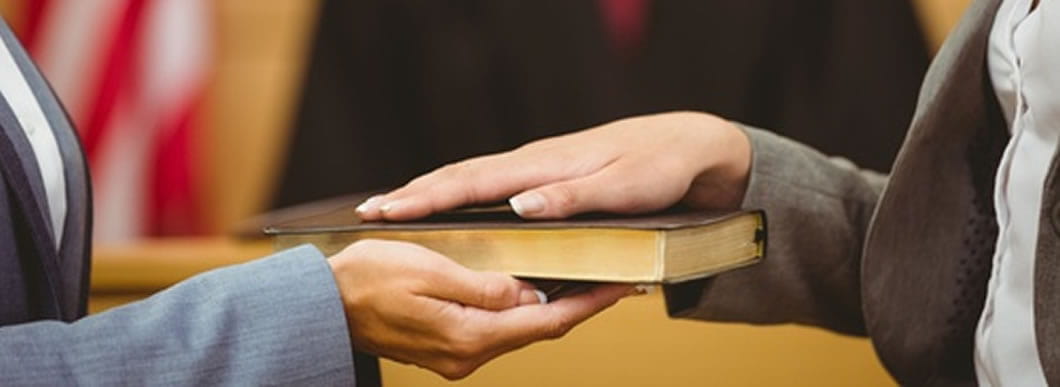It’s 3 a.m. Gene Zipperle is awakened by a call about a major collision involving a truck that belongs to one of his clients. Zipperle quickly pulls together a rapid-response team that includes a photographer, an engineer, and an independent adjustor. Within minutes, the team is proceeding to the scene to take photos and measurements and talk to witnesses.
What they do in those first hours is critical to the legal outcome of the event. But among their most important actions is gathering eyewitness testimony.
Although this particular scenario is hypothetical, dozens of similar, real-life events have played out for Zipperle over the 30 years he’s practiced transportation law. Now an attorney with Ward, Hocker & Thornton, Zipperle explains how witnesses are used in courtroom trials, where millions of dollars, and a company’s hard-won reputation, hang in the balance.
“You have to paint the picture for the jury,” Zipperle said in an interview with Lytx. “You have to put the jury in the driver’s seat so they have the ability to re-live that accident. No two witnesses have the same story. The more witnesses you have, the more blanks you can fill in for the jury. The more gaps in the story you can fill, the better off you will be.”
Why would you be better off? Because, “if you don’t, jurors will fill in those blanks according to their own life experiences,” Zipperle said. In other words, personal bias will creep into the void, coloring jurors’ perspectives in unpredictable ways. “That’s why witnesses are critical.”
Witnesses long have played a role in effecting the outcome of all manner of altercations. In many ways, eyewitness accounts are among the most influential categories of evidence. Yet, not all witnesses are equal. Many factors can affect witness credibility, Zipperle said, such as:
- Whether the witness has a stake in the outcome
- Their proximity to the scene
- The consistency of their testimony
- Their prior connections to the parties involved
- Their life experience bringing potential perspective bias
Still, jurors tend to weigh eyewitness accounts heavily, even though there have been several studies showing that such accounts can be unreliable and vulnerable to suggestion. But there’s another type of evidence that almost always takes precedence when it comes to swaying jurors: video.
“Video almost always trumps eyewitness accounts,” Zipperle said. You can read more about the use of video in litigation in this three-part series.
The strongest cases, however, are built using an interlocking combination of eyewitness accounts and corroborating video. To do that, it’s best to get to the scene as soon as possible — before witnesses wander away, before memory fades or alters, and before the evidence is literally swept away.
“The company should have every version of the event that’s out there,” Zipperle said. “And, hopefully, they all match.”
Among the key witnesses in such cases is the company driver. In his decades of gathering testimony, Zipperle has found that drivers’ accounts generally fall into three categories. With severe accidents, some drivers may suffer trauma and not be able to recall what happened.
Others will try to protect themselves and tell the least damaging version of the events, which will likely conflict with other witness testimony and, if available, any video evidence. This second category can spell trouble, especially if the driver has given the flawed version of the event to the police that will later be refuted.
The third scenario is when the driver does his or her best to accurately describe what occurred. “That’s the driver you want,” Zipperle said. “With video, it’ll be fairly clear which category your driver falls into.”
